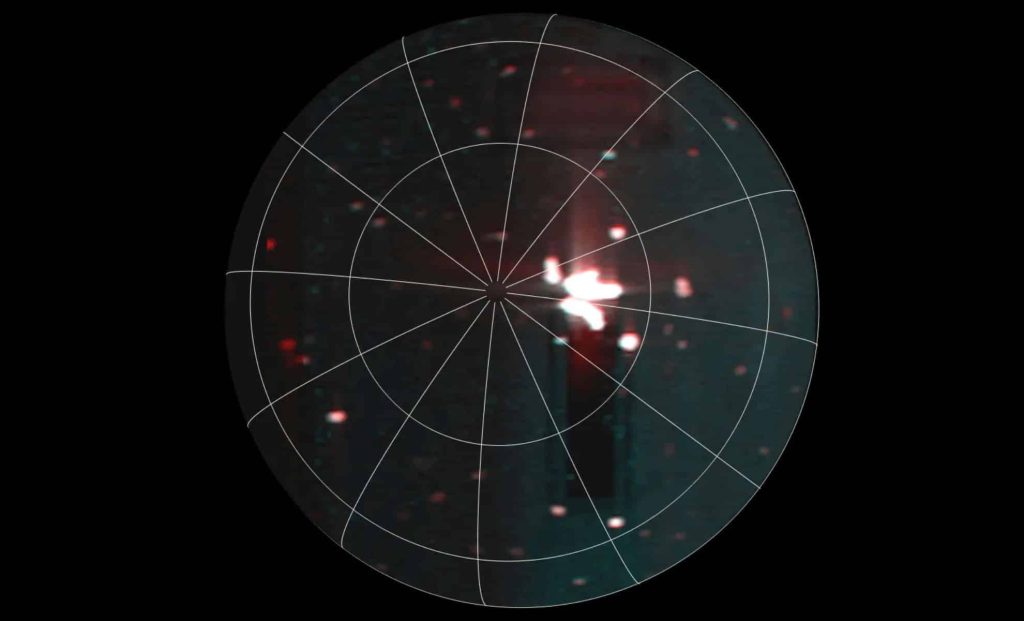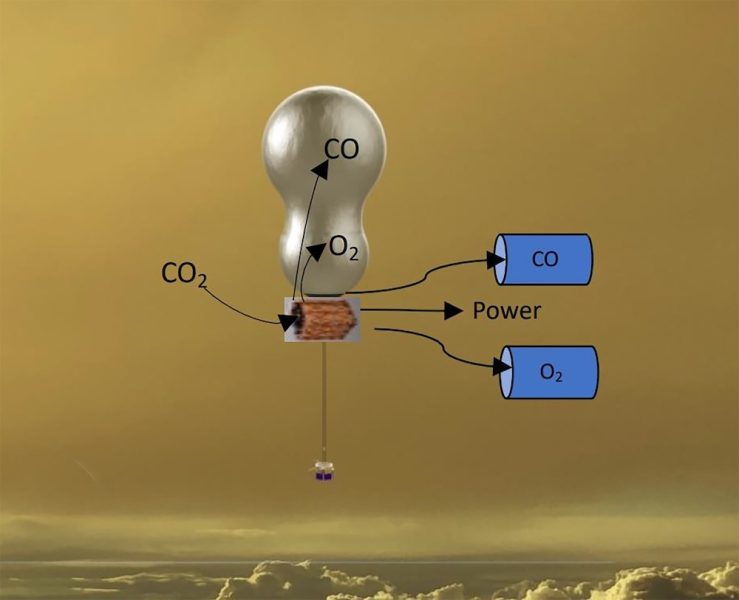NASA’s Juno Mission Detects Most Powerful Volcanic Eruption Ever Seen on Io – The Daily Galaxy –Great Discoveries Channel

NASA’s Juno mission has captured the most powerful volcanic eruption ever recorded on Io, Jupiter’s highly active moon. Even by Io’s extreme standards—where more than 400 volcanoes constantly reshape its surface—the latest event stands out as an unparalleled display of cosmic firepower. The eruption, detected in the southern hemisphere of the moon, was so intense that it saturated the infrared detectors of the spacecraft’s Jovian Infrared Auroral Mapper (JIRAM) instrument.Io, which is about the same size as Earth’s Moon, is the most volcanically active body in the solar system, thanks to Jupiter’s immense gravitational pull. The planet’s powerful tidal forces stretch and squeeze Io’s interior, creating frictional heating that fuels endless eruptions. The discovery of this massive new hot spot, spanning an area larger than 100,000 square kilometers (40,000 square miles)—nearly the size of Iceland—has provided scientists with groundbreaking new insights into the moon’s hidden volcanic systems.Juno’s latest flyby has revealed that this eruption is unlike any seen before, reinforcing the idea that Io’s volcanic activity is driven by vast, interconnected magma reservoirs beneath its surface. The data gathered from this event could reshape our understanding of not only Io’s violent geology but also volcanism on other celestial bodies across the solar system.NASA’s Juno spacecraft, originally designed to study Jupiter’s atmosphere and magnetic field, has provided some of the most detailed observations of Io’s volcanic activity since its mission was extended to study Jupiter’s moons. The spacecraft’s recent flybys in December 2023 and February 2024, which brought it within 930 miles (1,500 kilometers) of Io’s surface, had already revealed remarkable volcanic activity. But its December 27, 2024, flyby, from a more distant 46,200 miles (74,400 kilometers), revealed something even more extraordinary.“Juno had two really close flybys of Io during Juno’s extended mission,” explained Scott Bolton, principal investigator for the Juno mission at the Southwest Research Institute in San Antonio. “And while each flyby provided data on the tormented moon that exceeded our expectations, the data from this latest — and more distant — flyby really blew our minds. This is the most powerful volcanic event ever recorded on the most volcanic world in our solar system — so that’s really saying something.”The magnitude of this eruption has left scientists amazed. The hot spot detected by JIRAM was so intense that it overloaded the spacecraft’s infrared sensor, something rarely seen in planetary exploration. This suggests that the eruption is not a single event, but rather a series of closely connected volcanic outbursts, likely linked to a vast, underground magma reservoir.Io’s volcanic activity is driven by an extreme process called tidal heating, where Jupiter’s immense gravitational force stretches and compresses the moon as it orbits the planet. This continuous squeezing generates internal friction, which in turn melts the moon’s interior, fueling massive volcanic eruptions. Unlike Earth’s volcanoes, which are typically powered by localized mantle plumes, Io’s eruptions are thought to be linked through an enormous network of subsurface magma chambers.Alessandro Mura, a Juno co-investigator from the National Institute for Astrophysics in Rome, emphasized the sheer intensity of the eruption: “JIRAM detected an event of extreme infrared radiance — a massive hot spot — in Io’s southern hemisphere so strong that it saturated our detector. However, we have evidence what we detected is actually a few closely spaced hot spots that emitted at the same time, suggestive of a subsurface vast magma chamber system. The data supports that this is the most intense volcanic eruption ever recorded on Io.”This discovery suggests that Io’s volcanic eruptions may not always be isolated events but could instead be triggered in sequence, similar to how a chain of earthquakes can be linked to deeper geological activity. The presence of such an extensive magma system could mean that Io’s volcanic cycles are far more interconnected than previously believed.Beyond the sheer scale and power of Io’s eruptions, this discovery has broader implications for how scientists study volcanism across the solar system. By understanding the volcanic mechanisms driving Io’s extreme landscape, researchers may gain new insights into how magma behaves on other planetary bodies—from Venus’s lava plains to the cryovolcanic activity on Saturn’s moon Enceladus.Scott Bolton highlighted the significance of the findings: “While it is always great to witness events that rewrite the record books, this new hot spot can potentially do much more. The intriguing feature could improve our understanding of volcanism not only on Io but on other worlds as well.”If Io’s volcanic activity is controlled by vast, interconnected magma chambers, it could provide a new model for understanding eruptions on rocky planets and moons throughout the universe.NASA’s Juno mission is not done studying Io. Another flyby is scheduled for March 3, 2025, which will allow the Juno team to observe how the hot spot evolves over time and look for changes in Io’s surface caused by the eruption. Given the scale of the event, scientists expect that the eruption will leave behind long-lasting geological signatures, including:Additionally, Earth-based telescopes may also have an opportunity to observe this region of Io, providing a second perspective on the eruption’s aftermath.As Juno continues to deliver unprecedented views of Io’s volcanic fury, scientists are gaining an entirely new perspective on the most active volcanic world in our solar system. Whether this latest eruption is an exceptional event or part of a larger volcanic cycle remains to be seen—but one thing is clear: Io’s fiery landscape is more extreme than we ever imagined.NASA’s Juno mission has once again rewritten the record books, capturing the largest volcanic eruption ever observed on Io. The findings not only deepen our understanding of this volcanic moon but also provide critical insights into the forces that shape planetary bodies throughout the solar system. With more flybys planned and new data still being analyzed, the discoveries made on Io could change the way we think about volcanoes on Earth and beyond.As the mission continues, scientists eagerly await what Juno will uncover next, knowing that Io remains a world of fire and fury, where volcanic power never sleeps.Got a reaction? Share your thoughts in the commentsEnjoyed this article? Subscribe to our free newsletter for engaging stories, exclusive content, and the latest news.Comment Save my name, email, and website in this browser for the next time I comment.
© 2024 | Daily Galaxy | All rights reserved
Source: https://dailygalaxy.com/2025/01/nasa-juno-powerful-volcanic-activity-io/






